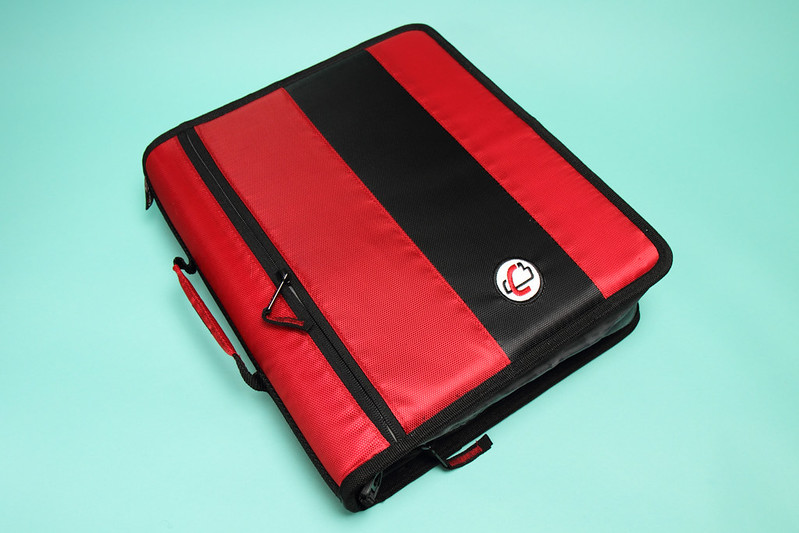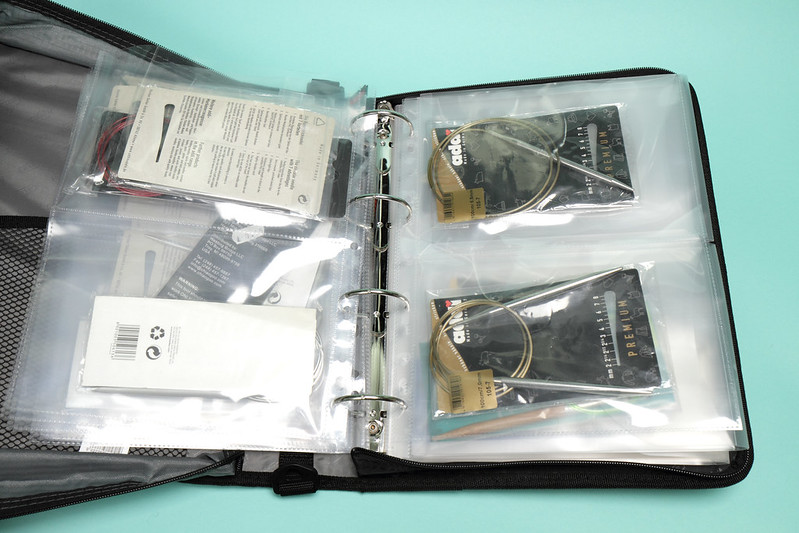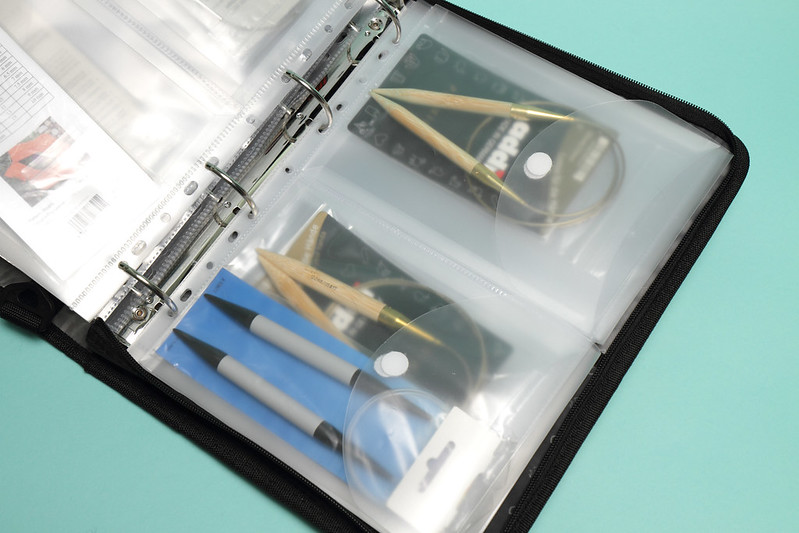If you caught my last post about my decluttering success as a result of Clear the Decks’ super podcast series: Declutter and Organise your Sewing Space, you might be interested to know that they’ve just been invited to run a workshop session on the subject at the autumn Knitting & Stitching Show!
Having cleared a lot of my project clutter, I felt inspired to solve a problem that’s been bothering me for a while – the storage of circular needles.
The problem
I love knitting with fixed circular needles. I hardly own any straight needles – I was fortunate to discover circulars very early on in my knitting career and knitting was transformed from clunky, awkward and RSI-inducing to smooth, fast and enjoyable.
Contrary to to what many people thing, you do not need lots of different lengths of fixed circular. The majority of mine are 100cm, which I use for almost everything. 100cm is long enough both to work around the body of a sweater, and to use for small-diameter items like sleeves and socks using magic loop technique. 100cm also works for medium-sized items like hats by keeping a single loop of cable at the row boundary, and for knitting-in-the-flat without feeling like there is excess cable getting in the way. For me, the only other size that’s a nice-to-have is 150cm in 4mm and 5mm for seamless sweater knitting, to try the garment on without transferring stitches to scrap yarn or a spare needle.
Over time I have all but phased out my interchangeable circulars, and with them their annoying joins and occasional unscrewing at inopportune moments, for fixed circulars (though I keep them around for making giant cables to knit borders on blankets). I only use DPNs for small swatching and making i-cords.
Straight needles, DPNs and interchangeables are easily organised in needle cases or rolls. Fixed circulars have no obvious storage solution. I have been keeping mine in a small box, ordered by size, in their packs so I can see what they are. While Addi and KnitPro packets fit in the box, ChiaOgoo (recent discovery and current favourite brand) packets do not. I was also struggling to accommodate larger diameter needles.
“Buy a bigger box” was one approach, but I felt there must be a better way, something that was more portable, and put-away-able, and made it easier to see what was there.
The solution
I thought about some kind of ring binder, but there would be a risk of needles falling out. I looked at portfolio binders and things called ‘conference folders’, which zip up, but are all rather narrow and wouldn’t accommodate the substantial bulk of some of the bigger needles. After several hours of internet scouring I discovered a US company called CaseIt that make all kind of giant, zip-up ring binders. They do not ship to UK and do not appear to have a UK distributor, which is a great shame, but you can find a few models from their range here on Amazon, including the one I chose, the “5 cm Classic 4 Ring Zipper Binder“. Finally, I have One Ring(binder) To Rule Them All!
It is big, and it is ugly. I am happy to overlook the ugly because it is absolutely perfect for my needs. And as for big, my needles fit in comfortably but there is not much space remaining. If you have circulars in all different lengths as well as needle sizes, you might need the “Mighty” version with 8cm rings, or even one of the double-ringed models.
To hold the actual needles, I used ringbinder photo sleeves with two pickets per A4 sheet for needles up to 8mm.
For the big needles, these velcro-fastened filing pockets are just the ticket. They expand to comfortably fit two packs of big needles per pocket.
There are also smaller, four per A4 page photo pockets, which might work well for 20cm circulars and those new flexi-DPNs for socks (which I’ve yet to try but are getting great reviews). The ultra-organised knitter might also like to use stick-on tab markers to label the pockets with the corresponding needles sizes.
I’m really happy to have this problem that I’ve been pondering for a while all squared away. The total cost was around £25, which is not bad given that my small KnitPro interchangeables case (the black case in the first picture) was around £20.
Do you have any clever knitting hacks? We’d love to hear about them!




